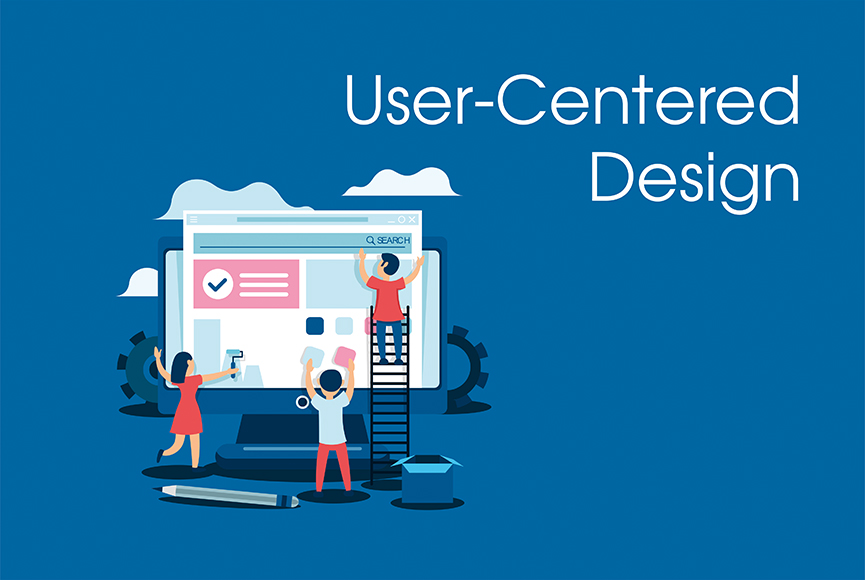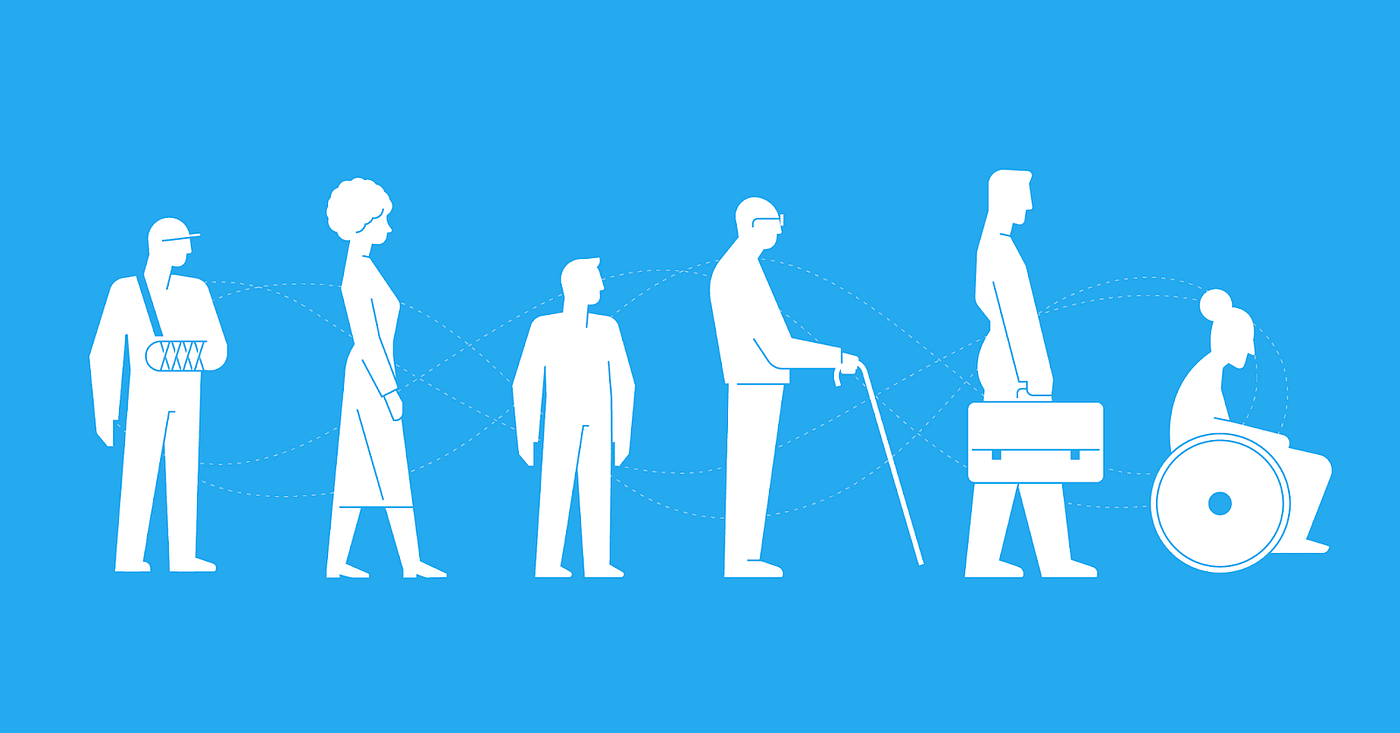Introduction: In today’s digital era, the internet has become an integral part of our lives, transforming the way we communicate, work, and access information. With the increasing reliance on the web, the importance of user-centered design has never been more crucial. User-centered design focuses on creating digital experiences that prioritize the needs, preferences, and expectations of users. This article explores the significance of user-centered design in enhancing the web experience and highlights its key principles and benefits.
Understanding User-Centered Design: User-centered design is an iterative process that involves designing websites, applications, or digital interfaces with the end-users in mind. It places users at the forefront of the design process, considering their goals, motivations, and behaviors. By gaining a deep understanding of users’ needs, designers can create intuitive, engaging, and accessible experiences.
Key Principles of User-Centered Design:
- User Research: Conducting thorough user research is essential to gather insights into the target audience. This involves techniques such as interviews, surveys, and usability testing to understand users’ expectations, pain points, and preferences.
- User Empathy: Developing empathy for the users is crucial to design effective solutions. By putting themselves in the users’ shoes, designers can better anticipate their needs, emotions, and behaviors, leading to more intuitive and satisfying experiences.
- Iterative Design: User-centered design is an iterative process that involves continuous feedback and refinement. By gathering user feedback throughout the design process, designers can identify areas of improvement and make necessary adjustments to enhance the web experience.
- Accessibility: Designing for inclusivity is a fundamental aspect of user-centered design. Ensuring that digital interfaces are accessible to users with disabilities or impairments improves the overall user experience and expands the reach of the website.
Benefits of User-Centered Design:
- Improved User Satisfaction: By prioritizing user needs and preferences, user-centered design creates web experiences that are tailored to the target audience. This results in increased user satisfaction and a positive perception of the brand or organization behind the website.
- Increased Usability and Efficiency: User-centered design focuses on creating intuitive interfaces that are easy to navigate, reducing the learning curve for users. By minimizing cognitive load and streamlining interactions, websites become more efficient and user-friendly.
- Enhanced Engagement and Conversion: A well-designed web experience engages users and encourages them to spend more time on the website. By understanding user motivations and incorporating persuasive design elements, user-centered design can drive conversions and achieve business objectives.
- Lower Support and Maintenance Costs: Designing with users in mind reduces the likelihood of usability issues and user errors, resulting in fewer support requests. Additionally, user-centered design reduces the need for costly redesigns and rework by addressing potential issues early in the design process.
Conclusion: User-centered design plays a pivotal role in enhancing the web experience by placing users’ needs and preferences at the core of the design process. By employing key principles such as user research, empathy, iteration, and accessibility, designers can create web experiences that are intuitive, engaging, and user-friendly. The benefits of user-centered design extend beyond user satisfaction, including increased usability, enhanced engagement, and reduced support costs. Embracing user-centered design is essential for organizations and businesses aiming to deliver exceptional web experiences and remain competitive in the digital landscape.












